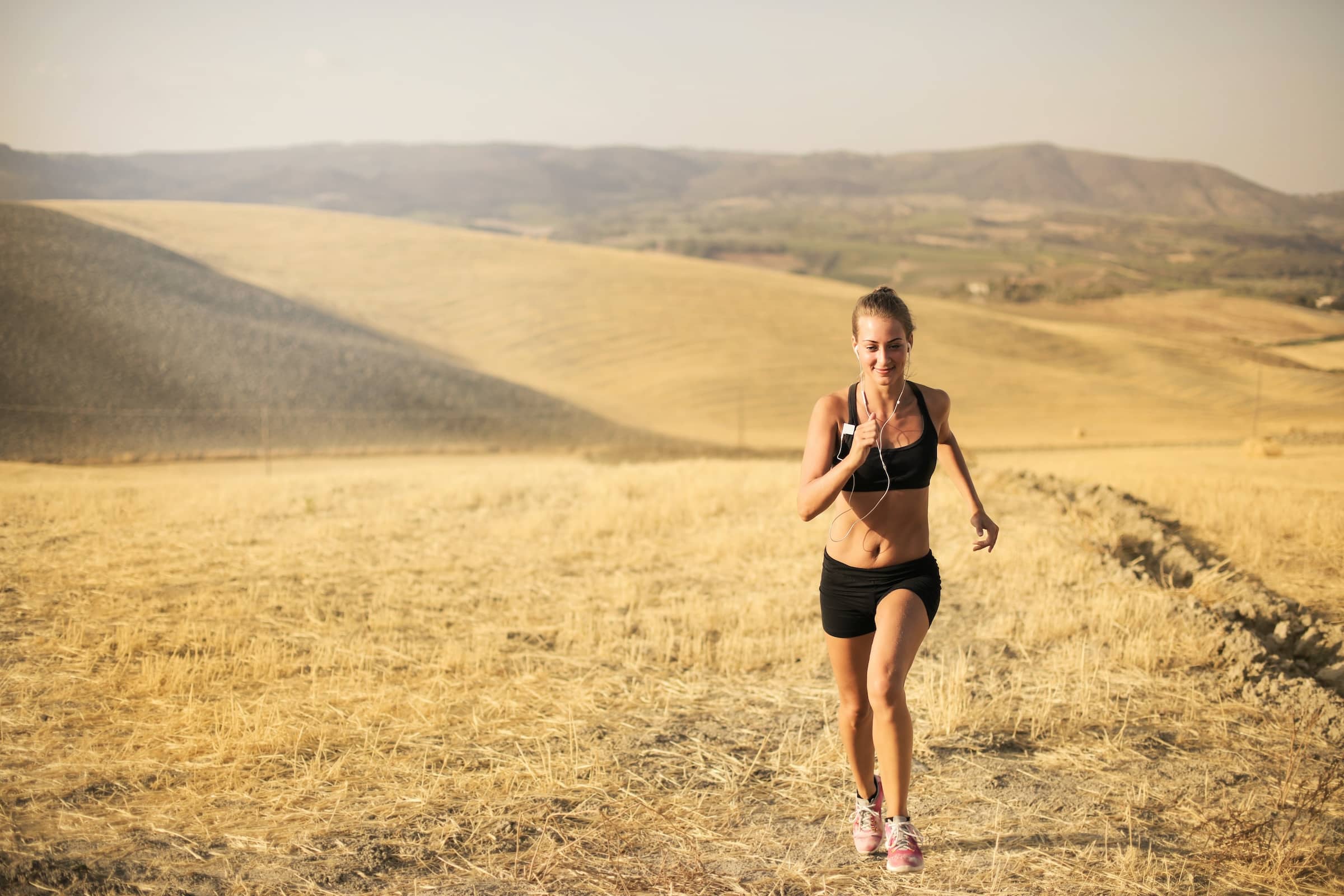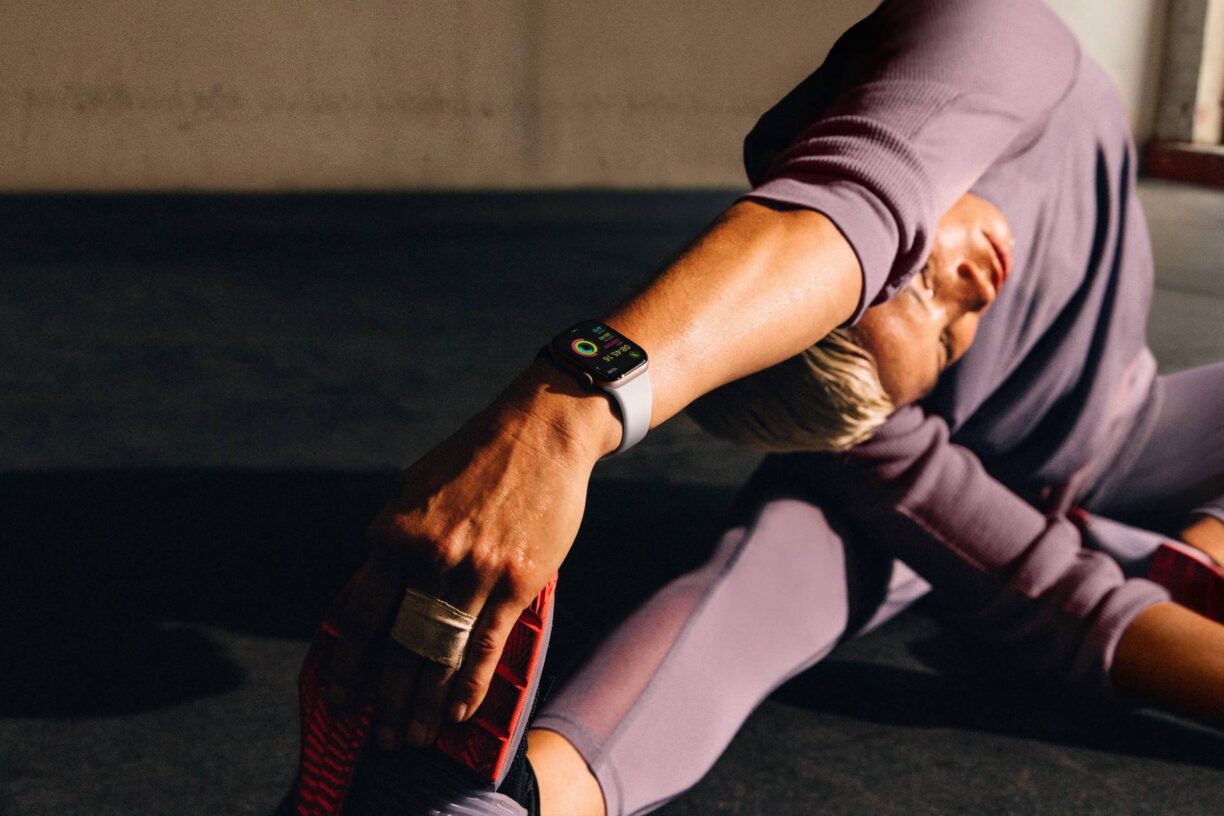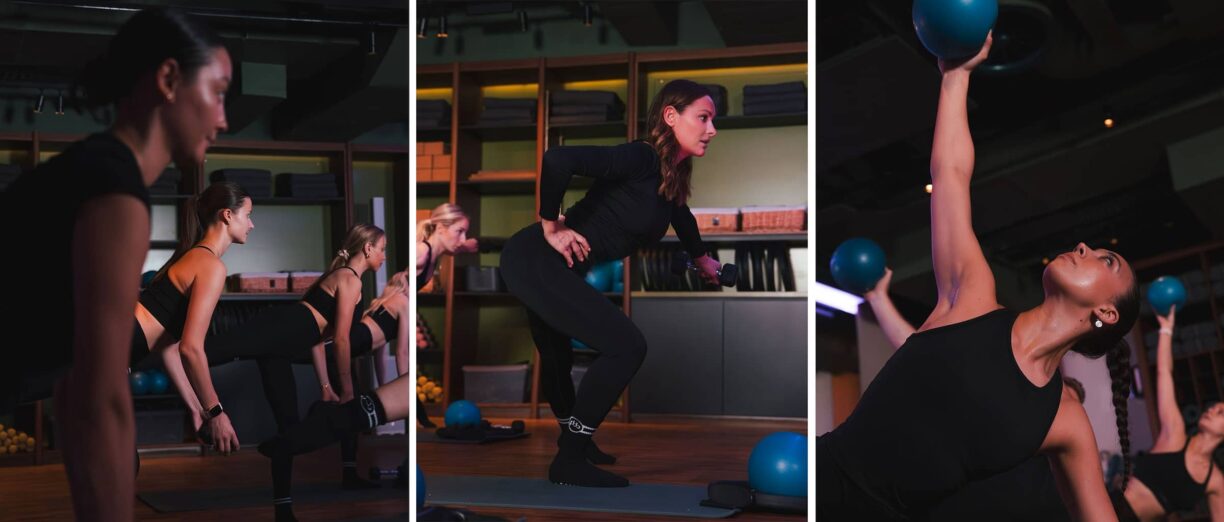With spring well and truly underway, now is the perfect time to take your fitness regime outdoors.
Not only does this give you a great change of scenery, but being outdoors can boost the physical and mental benefits of your workout, helping to reduce stress and exposing you to some vital vitamin D.
But with another heatwave on the cards for the UK, it’s important that you know how to exercise safely and effectively in hot weather — and some of the advice you hear might not be accurate.
Here, the experts at Fitness Superstore debunk some of the most common hot weather exercise myths, so you can workout and stay safe this season.
Myth #1: Sweating More Means a Better Workout
“It’s the evaporation of our sweat that keeps us cool,” says Fitness Superstore. “But this doesn’t necessarily mean that more sweat equals a better workout as so many other factors can also cause sweating.
Some people react differently to the same level of exercise — some are naturally prone to sweating more.
You might also sweat more if you’ve drank caffeine before your workout, or if you’re wearing heavy or non-moisture-wicking materials like cotton.
And then of course, hot weather also makes us sweat, and high humidity can make it difficult for sweat to evaporate, which makes us even hotter.”
Heavy sweating doesn’t always mean you’re working harder, but it does mean you’re losing more water, so it’s important to stay hydrated if you’re sweating a lot.
If you’re looking for a more accurate way to track the effectiveness of your workout, try a heart rate monitor.
You should aim to raise your heart rate by around 64–76% of your maximum heart rate during moderate-intensity exercise.
Myth #2: Sports Drinks are the Best Post-Workout Drink
“Hydration is key to any workout and this is even more important during hot weather when you’ll be losing a lot of fluids through sweat,” according to Fitness Superstore.
“While it might be tempting to reach for an energy drink after a workout, these can be high in sugar and additives, which negate the health benefits of your exercise.
Energy drinks can be effective at rehydrating and restoring your electrolyte and carbohydrate levels if you’ve just finished a long, strenuous workout (longer than an hour), but be sure to check the nutritional information and choose a low-sugar version.”
If you’re doing moderate-intensity exercise (less than an hour), you might not benefit from a sports drink. Instead, water is your best friend.
Make sure to drink at least one glass of water every 15 minutes or so to keep your hydration levels topped up.
That being said, drinking a glass of water isn’t the only way to stay hydrated. Your diet can also impact your hydration levels, so be sure to consume foods with a high water content, particularly fruits and vegetables, along with drinking plenty of water.
Myth #3: Wearing Less Clothing will Keep You Cool
When the sun is out, our first instinct is to wear less clothing to keep us cool. But this is not necessarily the best solution — it’s more about what you wear than how much.
“Exercising outdoors can add to your workout but it’s important to prioritise safety over performance when the temperature rises,” say Fitness Superstore.
“Make sure to wear lightweight, protective clothing and plenty of sunscreen. It’s also a good idea to plan the timing of your workout to avoid the hottest part of the day, which is between 10 am and 3 pm.
“It’s best to keep as much of your skin covered as possible to reduce exposure to damaging UV rays from the sun.
Look for clothing labelled as having UV protection to reduce sunburn and skin damage, as well as breathable and sweat-wicking materials like polyester, nylon, and bamboo.”
Fitness Superstore comments: “Exercising outdoors can add to your workout but it’s important to prioritise safety over performance when the temperature rises.
Make sure to wear lightweight, protective clothing and plenty of sunscreen. It’s also a good idea to plan the timing of your workout to avoid the hottest part of the day, which is between 10 am and 3 pm.
“No matter what time of day you head out, you might find that you’re not performing at your usual level in warm weather.
This is completely normal as your body is working just that little bit harder to regulate your temperature.
The important thing to remember is to know your limits and avoid pushing yourself too much if exercising feels difficult at this time of year.
You could also try doing more indoor workouts such as strength training, yoga, or even running on the treadmill if you struggle to exercise outside on particularly hot days.
“Why not use the warmer temperature as an excuse to try something new? Water sports like kayaking and paddleboarding will help keep you fit during the summer months, while the water will keep you cool on hot and sunny days.”





